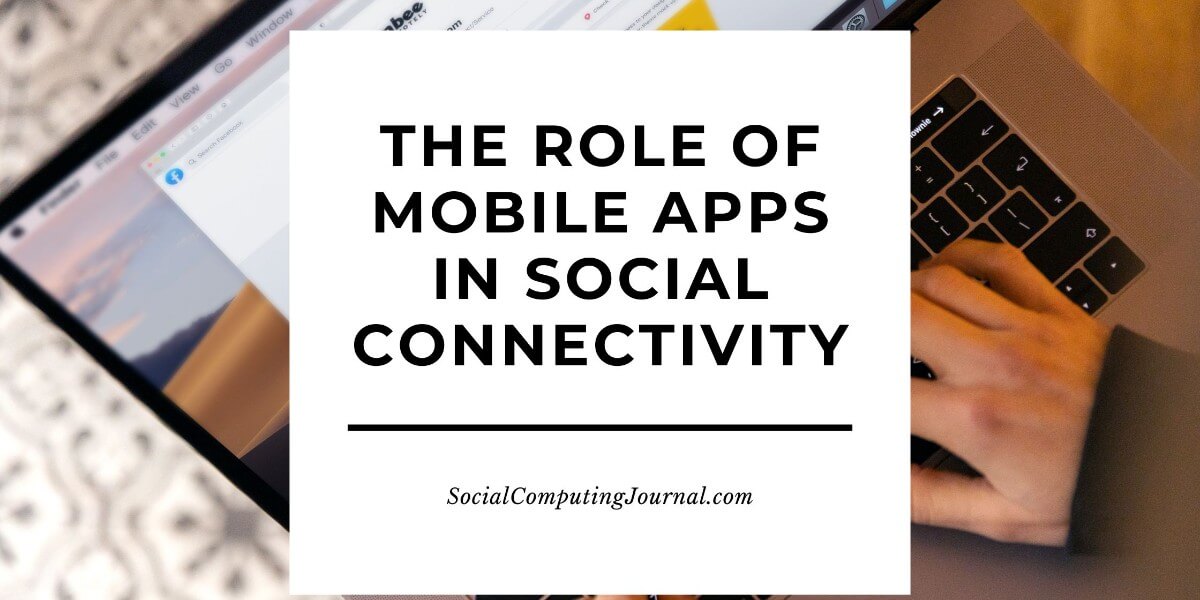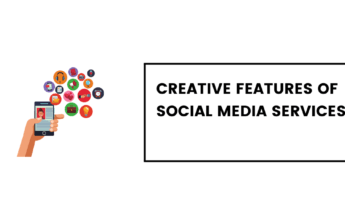With our phones glued to our hands nowadays, it’s easy to forget what life was like before mobile apps. We used to engage with social media solely on computer browsers, checking our notifications sparingly and only posting or messaging our friends when we made it home. Now, smartphones give us the means to stay connected 24/7, which means everything happens in real time. The minute anything makes the news, it’s already been shared on social media. Messages get delivered as soon as they’re sent, and live streams make us feel as if we’re directly interacting with the person on the other side of the screen.
Because of these qualities, social apps have become far more than simple platforms for posting about our days and connecting with people outside our local area. They’ve turned into massive hubs where we play games, shop, watch videos, socialise, and stay up-to-date with the latest news.
Contents
How Social Apps Became Central
It’s safe to say the shift to mobile changed everything. With apps designed for mobile, social media could now be a constant presence rather than an occasional activity. Features like instant messaging, real-time feeds, and push notifications create the immediacy that mirrors in-person interactions, so users can be constantly connected to their social circles and other communities.
But aside from the 24/7 connection, social apps became central because of other developments too. If we look at the early days of Facebook, its functions were basic. Users had their own profiles, could add friends, post status updates, share photos and videos, and comment on and like each other’s content. The idea of social media was purely related to the “social” part—nothing close to the extraneous functions that define it now.
Features That Keep Users Connected
Social apps have features that make interactions seamless and immediate. And they’ve gone beyond instant messaging and real-time feeds. Instagram boasts Stories, Reels, Live broadcasts, and Polls that let users share moments as they see fit. TikTok’s short-form videos and interactive challenges keep audiences participating. X and Facebook rely on polls, threads, trending topics, and emoji reactions, which make them dynamic and participatory spaces.
All these features work together to simulate the spontaneity of in-person interactions, but across distances. So rather than simply being connected, they can feel connected to content, culture, and experiences.
Expanding into Entertainment and Leisure
Social apps have gone beyond their original role as communication platforms and have adopted the role of complete entertainment hubs. That’s perhaps one reason people have increased the amount of time they spend on social media as a whole. Instead of simply checking out what their friends and family are up to on Instagram, people might also get hooked on scrolling through Reels, looking up local businesses, and finding entertainment through viral challenges and memes.
Algorithm-driven feeds mean users can constantly see a stream of content that aligns with what they enjoy and want to see, rather than irrelevant posts that indicate it’s time to get off the app. Live streaming on social media has added another layer too, letting audiences and creators interact in the present, whether hosting a full-on concert or joining a casual Q&A in the creator’s bedroom.
Integration with Shopping and Financial Services
These platforms are also the perfect place for brands to find customers and advertise their products. The line between content and commerce is increasingly blurred, with the opportunity for people to shop directly through posts and stories. Brand feeds act as an extension of their digital storefront, where they can tag and link products and make the path to purchase much shorter and more seamless than ever before.
Beyond shopping, financial tools are also built into social apps. While the Instagram Checkout function didn’t last long and ended payment processing within the app, other platforms have leaned further into integrating payments in other ways. For example, TikTok lets users buy virtual coins to purchase digital gifts to send during live streams, which creators can then convert into real earnings. Creator support buttons and tip jars make it easy for users to support the content they love without leaving the app. Casinos with pay by phone payments make it so we never have to whip out our wallets ever again. In some regions, Facebook and WhatsApp support peer-to-peer transfers when purchasing items on Marketplace or when splitting costs with friends, such as for group outings.
Impact on Daily Life
Multifunctional apps have completely redefined how people go about their day. Rather than juggle multiple platforms for different purposes, users can do it all within a single app on their smartphone. That level of convenience means a tap and a scroll can turn into an entire routine that involves catching up with friends, ordering takeout, and even sending money, without ever leaving the platform.
Social interactions now comfortably overlap with entertainment, payments, shopping, and more, producing an integrated digital lifestyle that anchors people’s everyday experiences.
What App Convergence Means for Users
But are we relying too heavily on apps? While they make many aspects of our lives more seamless, could they be increasing our dependency on a few platforms for almost everything we do? Not if we stay self-aware and in control and actively build healthy relationships with our phones. So long as we stay cognizant of digital fatigue and the amount of screen time we’re spending, we can make these systems work for us instead of letting them control our attention and daily routines.






